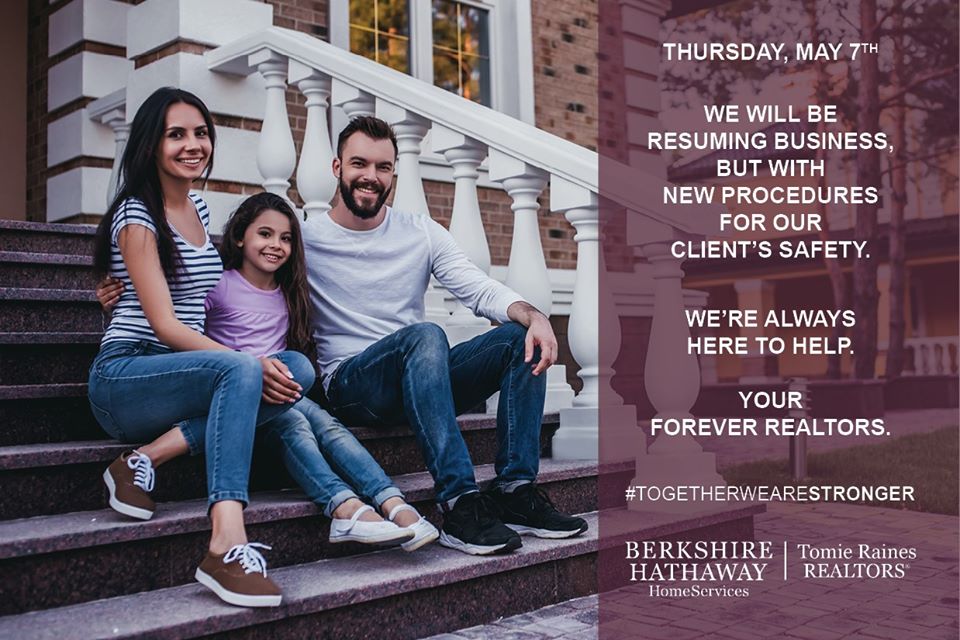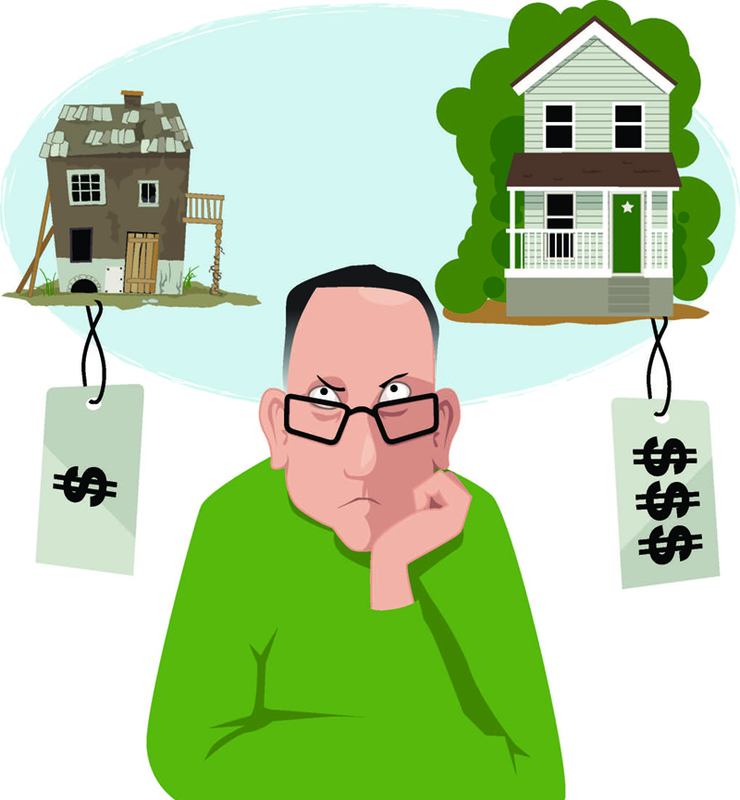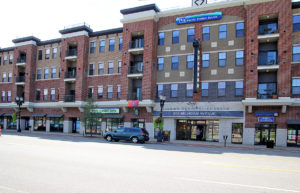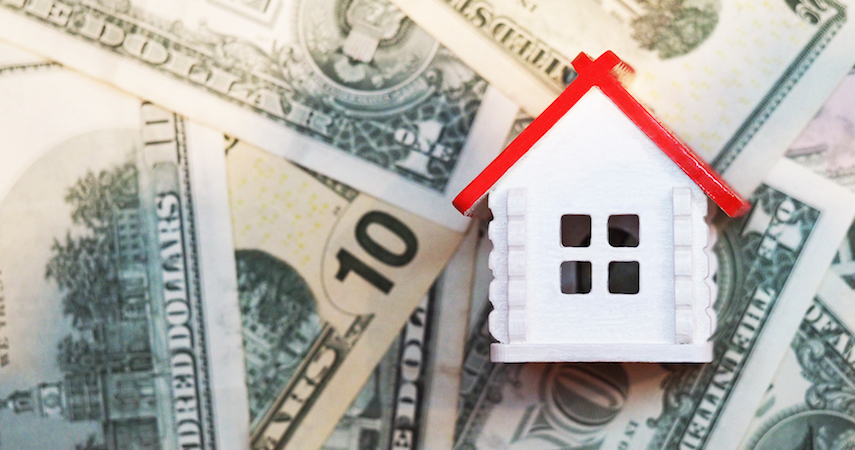You want to find the perfect home, but you’re afraid of the things that you might miss. What if big repairs rack up costs after you move in? All homes require upkeep and maintenance, and certainly some require more TLC than others. The important part is knowing what parts of the home need help, how much they cost, and whether it makes sense with the price tag. We made a list of things to look for in a home so you can look out for expensive surprises.
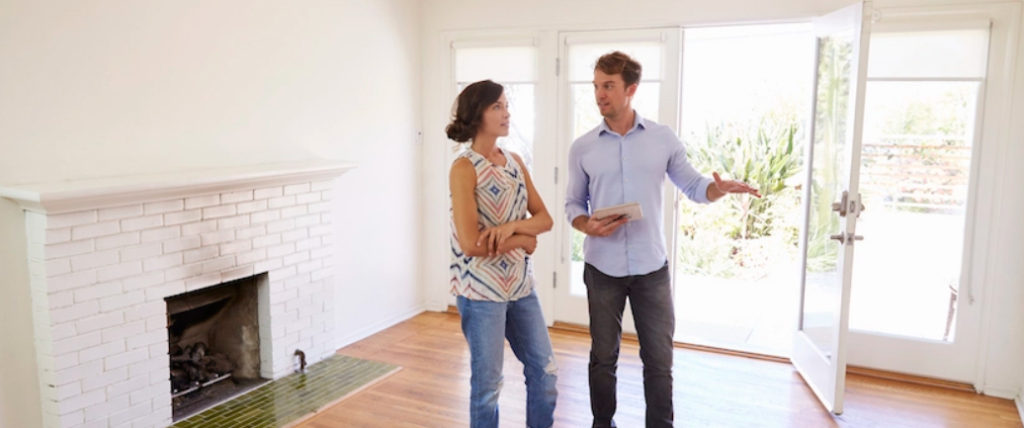
1. Old or Damaged Roof
Your home’s roof is one of the most expensive things to replace, which makes it an important thing to look for in a home before you buy it. A close look at the roof is usually a part of a good home inspection, which is generally required before you purchase a home, but you can save yourself some time by looking closely when you view the house.
If you notice the roof shingles are visibly peeling, discolored, there’s excessive moss or plant growth, or the roof was replaced over 20 years ago, it’s a good idea to factor this into the price of your home.
2. Old or Damaged Furnace
Your furnace is another expensive and critical thing to look for in a home that can go disastrously bad if it’s not taken care of. Take a look at the furnace, and get any details that you can. When was it replaced? When was is serviced? Does it work? Even in the summertime, you should turn on the heat and test it out as you inspect the home. You don’t want to discover a dysfunctional furnace when winter arrives.
3. Inadequate Insulation and Drafty Windows
Heating and cooling costs add up quickly, especially in large or old homes (even more so in large, old homes). Worn-out seals around windows and doors, or single-paned windows are common culprits of high heating and cooling costs. Though these are most visible, they are not usually the most costly thing to look for in a home when it comes to heating and cooling. Attic insulation (or lack thereof) is generally a bigger indicator of high heating and cooling costs.
Cold and hot air mingle throughout the year through three processes; conduction, convection and radiation. Convection and radiation both affect the attic area much more than the windows or doors. Convection causes warm air to rise towards the ceiling, while conduction and radiation cause it to transfer from the ceiling to the attic, then the roof, and out. Insulation will slow this process and keep warm air trapped longer. The reverse occurs in the summer time; insulation slows the movement of heat from the sun through the roof, attic, ceiling, and the rest of the home.
Look at the windows, doors, and the attic to get a good picture of improvements you might have to make, and what your heating and coolings will look like initially.
4. Bad Grading
The slope, or grade, around your home should flow outwards, so your home is on a high spot and rainwater naturally moves away from your home. If there are high spots in the yard and puddles close to the home, the grading will cause water to sit around the foundation. This is an important thing to look for in a home, as it can be expensive to fix. As you walk around the front and back yard, be mindful of the grade and any wet spots. While a few hills are not deal-breakers, the home should not sit in a generally low area of the property.
5. Unsteady Foundation
If the foundation of the home isn’t steady or it’s starting to sink, it can cause serious structural problems to the rest of the home. All home foundations “settle” to some extent because the ground under and around it also inevitably shifts. However, excessive water accumulation, which can occur with a bad grade (see above) or in properties close to lakes or rivers, can cause the foundation to become dangerously unsteady. If you notice cracks in the basement floor larger than ⅓ inch, misaligned door frames or windows, or uneven places in the foundation, it may be a bad sign.
6. Leaky Plumbing
Some plumbing problems are relatively easy to fix, while others require much larger investments. When looking at sinks, faucets, drains and other fixtures, don’t be afraid to open cabinets and check for leaks. If you see multiple leaks, rust, or other problems, it indicates the plumbing was not done professionally, and this may also be the case with pipes you can’t see or readily access.
7. Hazards
Important things to look for in a home may also include threats outside the home. If the home is located in an area that has flooded, it’s more likely to flood again. This is an especially important consideration around lakes, rivers, or former wetlands, which occur widely across the Lansing area. Consider other, lesser-known hazards as well, such as sink-holes, lead incidence in water, falling trees, bad air quality, or urban blight.
8. Small Repairs
A series of small repairs can add up quickly, and they can be easily missed. These are important things to look for in a home, and these seemingly minor details can be easily overshadowed by focal points. If you noticed several leaky sinks or drains, damaged rain gutters, badly insulated windows, and other small issues, add them up. How much are all of these small things really going to cost? Don’t let these repairs get out of hand.
9. Big Remodeling Projects
Focal points like big, cozy fireplaces, wood floors, walk-in closets, and chic, new light fixtures can be seductive, but they can distract from the bigger picture. Look at the appliances that come with the house; are they in good working order? Or will they probably require repair or replacement in a few years? Will the bathroom have enough space for you and your family, or do you picture remodeling? While it’s tempting to focus on a home’s potential, make sure you are realistic about what you can afford and what you can take on.
While it’s important to focus on the positive elements of a home, make sure you are also being realistic. Remember these 9 things to look for in a home and you can negotiate with your Realtor before you purchase. This way, you won’t be overwhelmed with the costs of repairs or updates, and you can still have the home of your dreams.

